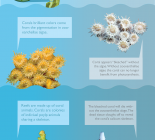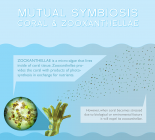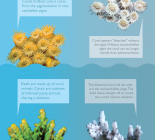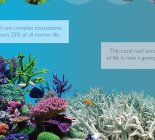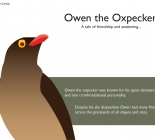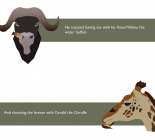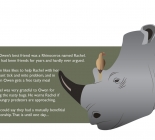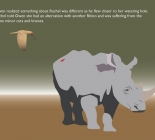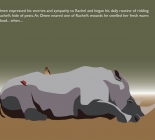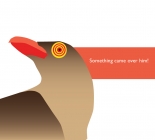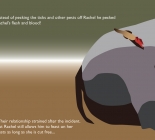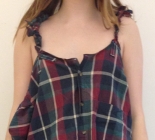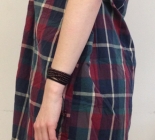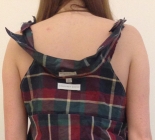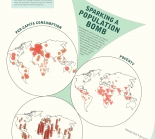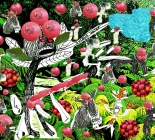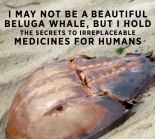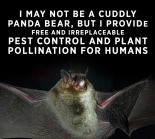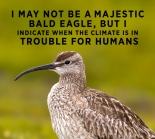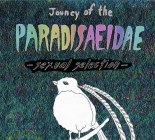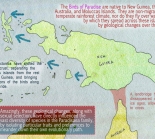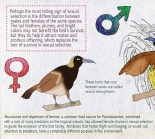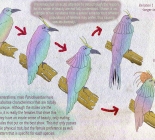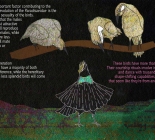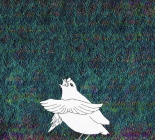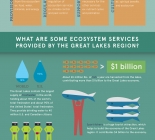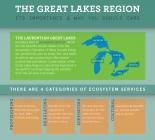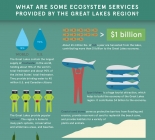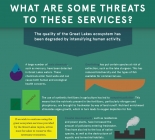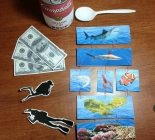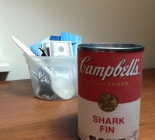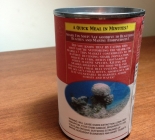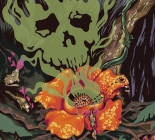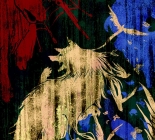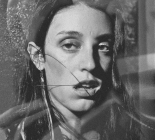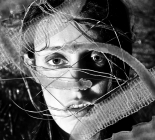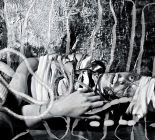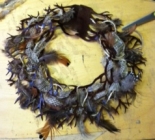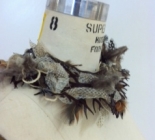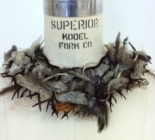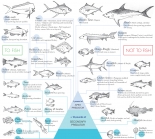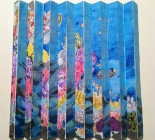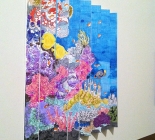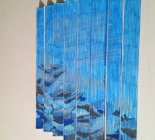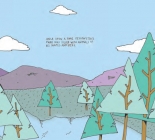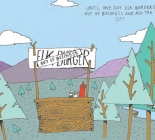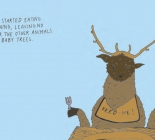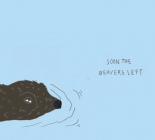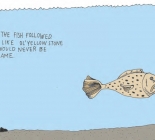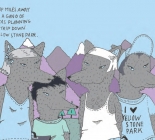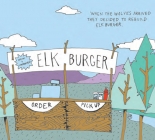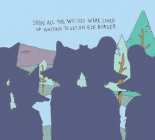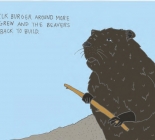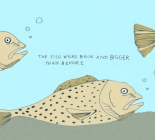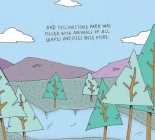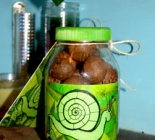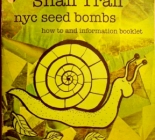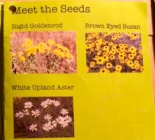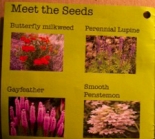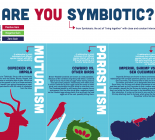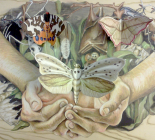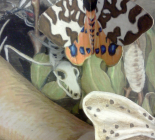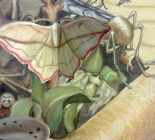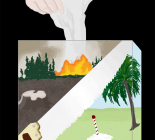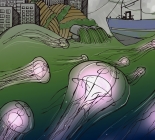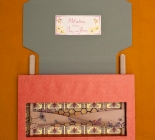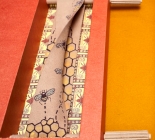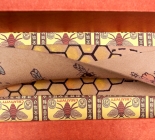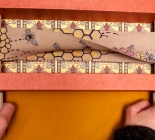Professor, Pratt Institute
Ecology student work


My (now-no-longer-offered in this format) Ecology course required students to complete two major assignments: a Midterm Paper and a Final Project.
Midterm Paper
I structure my course in Ecology into two major sections. In the first section, I teach students the basic principles of ecology. In the second section, we use these principles to consider the major threats to ecosystems and the services they provide. In between these two sections, my students become experts on an ecological problem of their choice, producing a Midterm Paper that uses to ecological principles to explain the problem and suggest some potential solutions to the problem. The guidelines for this assignment can be found here. Below are some of the best student Midterm Papers that I have received, downloadable as PDF’s:
 The Wide Spread Negative Effects of Exposure to Excess Nutrients for Coral Reefs © Taylor Holland (Spring 2014)
The Wide Spread Negative Effects of Exposure to Excess Nutrients for Coral Reefs © Taylor Holland (Spring 2014) ![]()
 Dust Plumes and Coral Reefs © Jessica Schultz (Spring 2013)
Dust Plumes and Coral Reefs © Jessica Schultz (Spring 2013) ![]()
 Deforestation © Olivia Hu (Spring 2012)
Deforestation © Olivia Hu (Spring 2012) ![]()
 “White-Nose Syndrome (WNS) in Bats” © Rebecca Plock (Spring 2012)
“White-Nose Syndrome (WNS) in Bats” © Rebecca Plock (Spring 2012)
 Kudzu Invasion © Olivia Suffern (Spring 2012)
Kudzu Invasion © Olivia Suffern (Spring 2012)
 Wild Bee Decline © Joseph Kisbye (Spring 2012)
Wild Bee Decline © Joseph Kisbye (Spring 2012)
 “An Acidifying Problem” © Denise Kan (Spring 2012)
“An Acidifying Problem” © Denise Kan (Spring 2012)
 “The Ecological Dangers of Shark Fishing” © Kelton Hollister (Spring 2012)
“The Ecological Dangers of Shark Fishing” © Kelton Hollister (Spring 2012)
Incidentally, if you are a current student in my Ecology class, the topics above are off limits for your Midterm Paper.
Final Project
At the very end of the semester, I ask my students to consider how to incorporate ecological concepts into their creative work. In the past, I allowed students to either create their own work or critique the work of another artist or designer, but I now require all students to do some sort of creative work. I am very open to any medium, and encourage students to think broadly about what constitutes a “creative work”. The guidelines for this assignment can be found here. Below are some of the best student Final Projects I have received, downloadable as PDF’s:
 “Mutual Symbiosis” Infographic © Taylor Holland (Spring 2014)
“Mutual Symbiosis” Infographic © Taylor Holland (Spring 2014) ![]()
 Repurposed Shirt © Giovanna Flores (Spring 2014)
Repurposed Shirt © Giovanna Flores (Spring 2014) ![]()
 “The Mutualist(?) Relationship Between Rhino and Oxpecker” © Colette Carney (Spring 2014)
“The Mutualist(?) Relationship Between Rhino and Oxpecker” © Colette Carney (Spring 2014) ![]()
 “The Ugly Truths of Conservation” © Amy Chen (Spring 2013)
“The Ugly Truths of Conservation” © Amy Chen (Spring 2013) ![]()
 “Doomsters and Boomsters” © Hannah Brown (Spring 2013)
“Doomsters and Boomsters” © Hannah Brown (Spring 2013) ![]()
 Snail Trail seed bombs © Sasha Vu (Spring 2013)
Snail Trail seed bombs © Sasha Vu (Spring 2013)
 Strawberry Guava Collage © Joey Atkinson (Spring 2013)
Strawberry Guava Collage © Joey Atkinson (Spring 2013)
 Shark Fin Soup © Katherine Groft (Spring 2013)
Shark Fin Soup © Katherine Groft (Spring 2013) ![]()
 Ecosystem Services of the Great Lakes Region © Anthony Bayoneto (Spring 2013)
Ecosystem Services of the Great Lakes Region © Anthony Bayoneto (Spring 2013) ![]()
 Parasitism © Steven Harwick (Spring 2013)
Parasitism © Steven Harwick (Spring 2013) ![]()
 “Journey of the Paradisaeidae” © Dan Warden (Spring 2013)
“Journey of the Paradisaeidae” © Dan Warden (Spring 2013) ![]()
 Food web necklace © Katie Mottola (Spring 2013)
Food web necklace © Katie Mottola (Spring 2013)
 Fisheries Infographic © Mei Cheng Wang (Spring 2013)
Fisheries Infographic © Mei Cheng Wang (Spring 2013) ![]()
 Rafflesia arnoldii © Claudia Markey (Spring 2013)
Rafflesia arnoldii © Claudia Markey (Spring 2013)
 “Predator as the Forest’s Guardian” © Wei-An “Vivian” Ho (Spring 2013)
“Predator as the Forest’s Guardian” © Wei-An “Vivian” Ho (Spring 2013)
 Ocean Acidification © Juliana Horner (Spring 2013)
Ocean Acidification © Juliana Horner (Spring 2013) ![]()
 “Elk Burger” © Lili Emtiaz (Spring 2013)
“Elk Burger” © Lili Emtiaz (Spring 2013) ![]()
 “The Forest without Fox” © Hannah Squires (Spring 2012)
“The Forest without Fox” © Hannah Squires (Spring 2012)
 “Moths in Decline” © Olivia Suffern (Spring 2012)
“Moths in Decline” © Olivia Suffern (Spring 2012)
 “Are You Symbiotic?” © Maribel Brenes (Spring 2012)
“Are You Symbiotic?” © Maribel Brenes (Spring 2012) ![]()
 “Deepwater”, “Statement”, & “Persian Gulf” © Joseph Kisbye (Spring 2012)
“Deepwater”, “Statement”, & “Persian Gulf” © Joseph Kisbye (Spring 2012)
 Critique of Brandon Ballengée © Rebecca Plock (Spring 2012)
Critique of Brandon Ballengée © Rebecca Plock (Spring 2012)
 Graphical Interpretation of Boreal Deforestation © Olivia Hu (Spring 2012)
Graphical Interpretation of Boreal Deforestation © Olivia Hu (Spring 2012) ![]()
 Digital Illustration of a Dead Zone © Rachel Yoon (Spring 2012)
Digital Illustration of a Dead Zone © Rachel Yoon (Spring 2012)
 Mutualism Sculpture © Lucinda Warchol (Fall 2011)
Mutualism Sculpture © Lucinda Warchol (Fall 2011)
Below is a gallery of the creative work students have completed for this assignment:
You can click on each of the images above to see the work in more detail. The description for each image also includes a link to the Project Summary that accompanies the work. All of this work is used with permission of the students who produced it. Please respect the intellectual property rights of these students by not using their work without their permission. If you would like to contact any of the students who produced this work, contact me.

